Vision Statements
- =
-

Vision and Values Statements
download now -
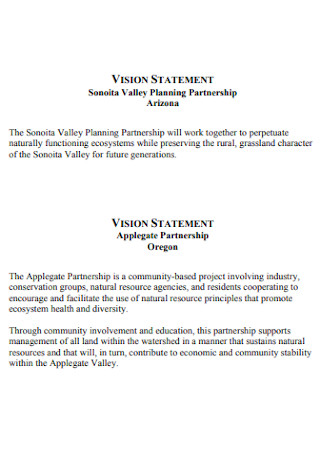
Vision Planning Statement
download now -
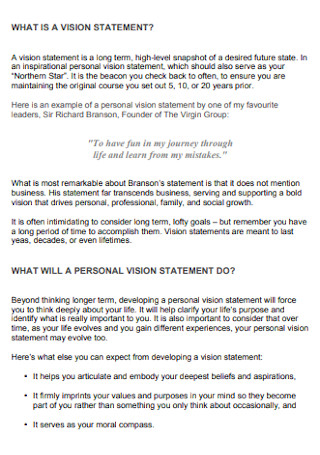
Personal Vision Statement
download now -
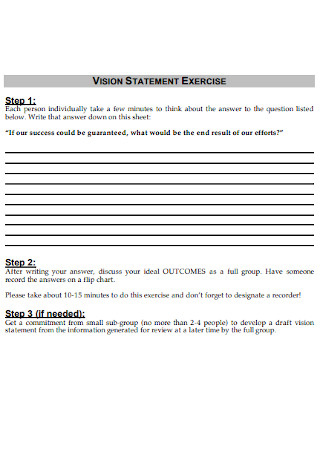
Vision Statement Exercise Template
download now -

System Vision Statement
download now -
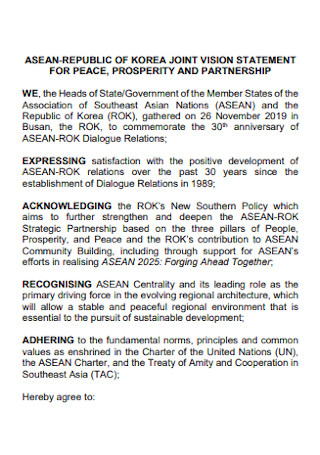
Joint Vision Statement
download now -

Simple Vision Statement Example
download now -
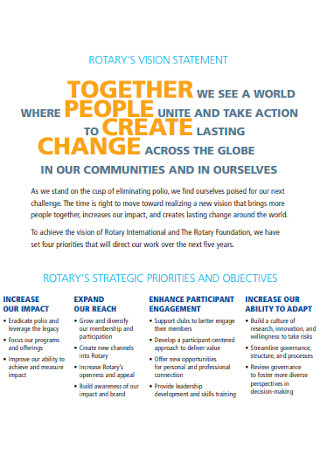
Rotarys Vision Statement
download now -
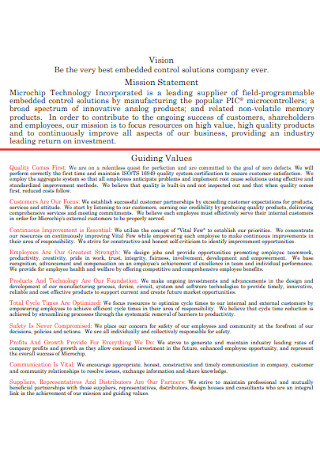
Company Vision Statement
download now -

Vision Statement Worksheet Template
download now -
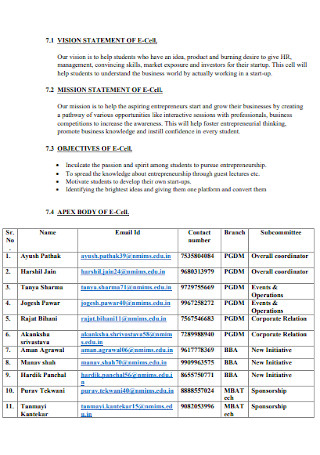
Vision Statement of E-Cell Template
download now -
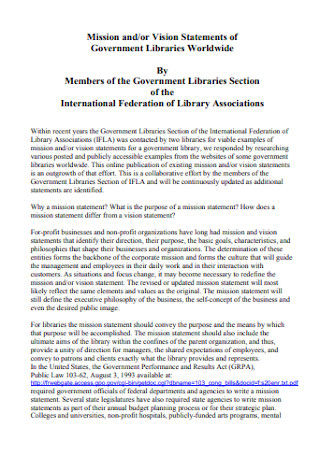
Vision Statements of Libraries Template
download now -
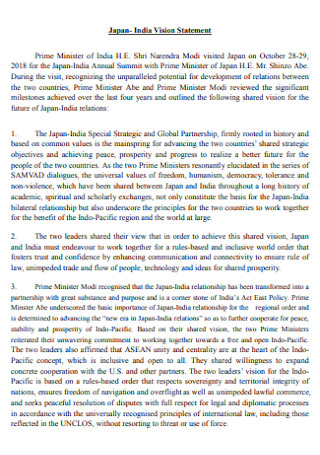
Basic Vision Statement Template
download now -

Community Association Vision Statement
download now -

Sample Vision and Mission Statement
download now -
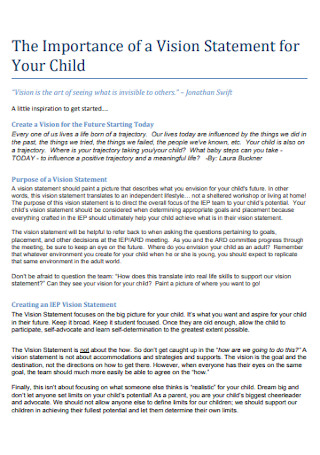
Vision Statement for Child Template
download now -
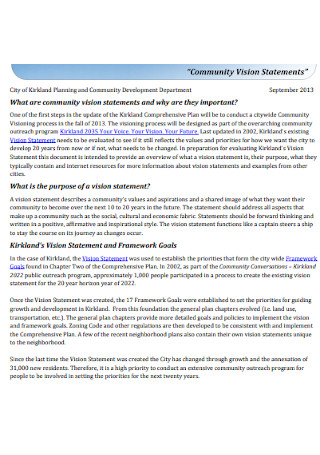
Community Vision Statement
download now -
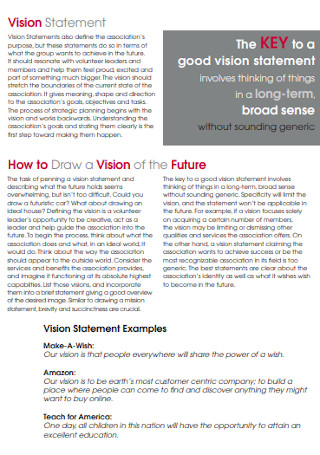
Volunteer Vision Statement Template
download now -
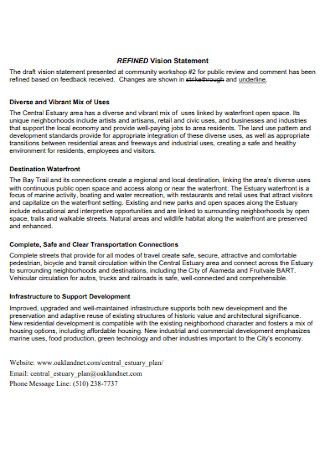
Refined Vision Statement
download now -
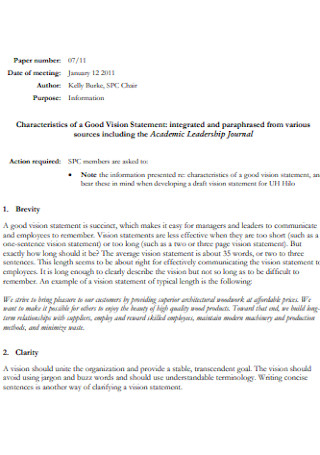
University Vision Statement
download now -
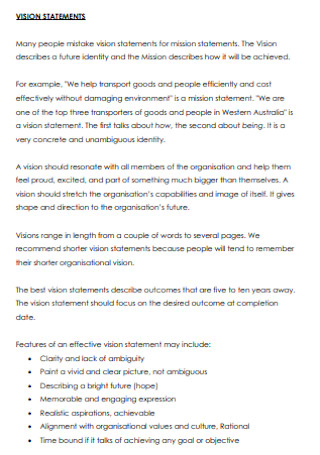
Formal Vision Statement Template
download now -
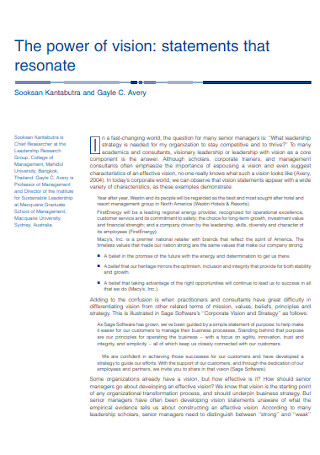
Power of Vision Statement
download now -

City Vision Statement
download now -
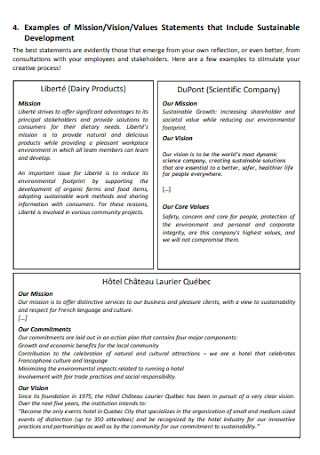
Company Vision Statement Example
download now -
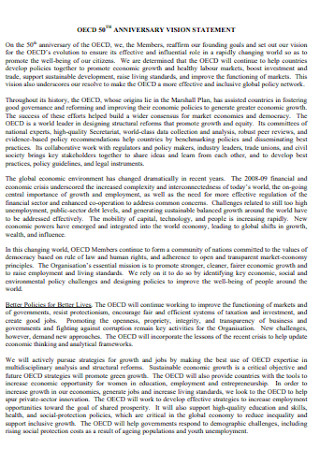
Anniversary Vision Statement
download now -
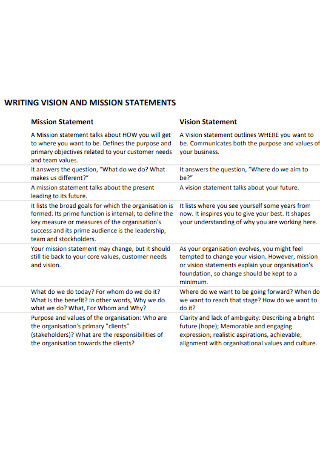
Writing Vision Statement Template
download now -
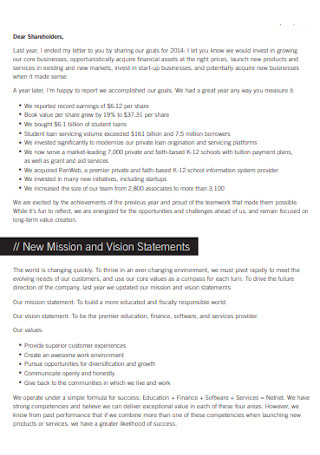
New Vision Statement Example
download now -

HR Vision Statement
download now -
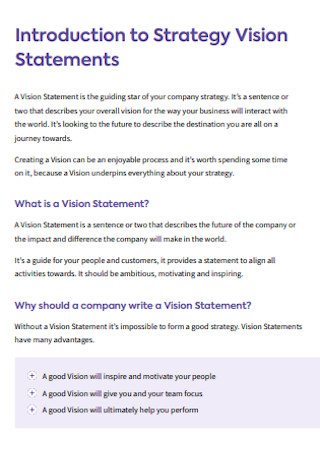
Strategy Vision Statements
download now -
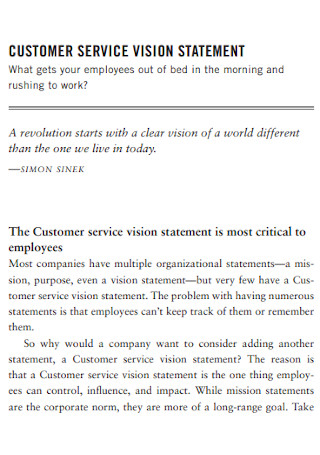
Customer Service Vision Statement
download now -
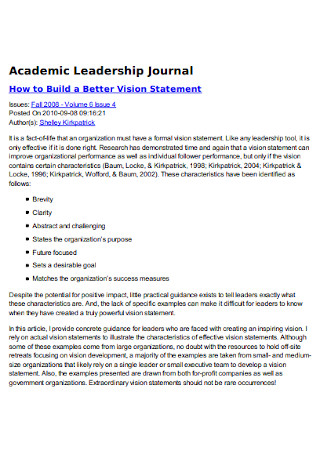
Leadership Vision Statement
download now -
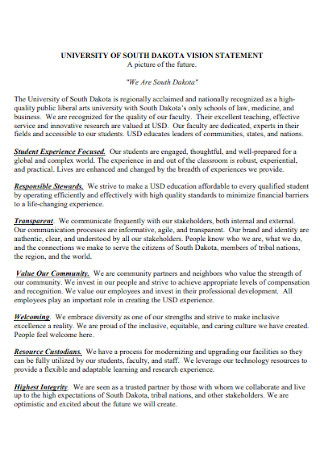
University Vision Statement Example
download now -

Vision Statement Format
download now -
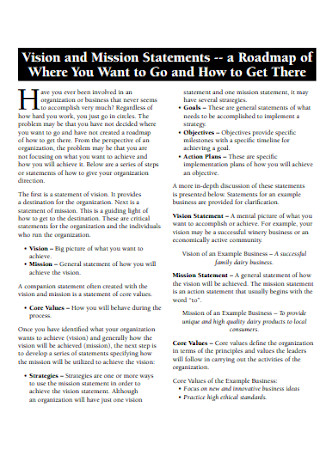
Standard Vision Statement Template
download now -
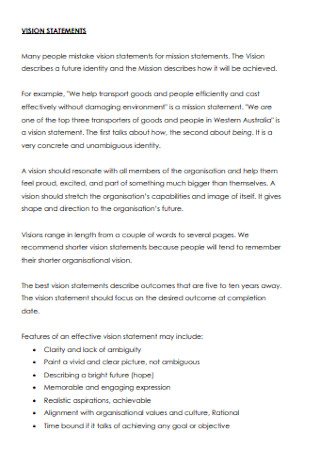
Formal Vision Statement Example
download now -
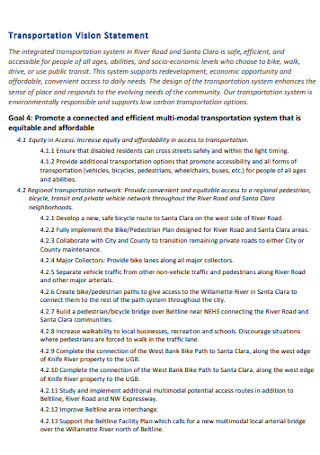
Transportation Vision Statement
download now -

Institute Vision Statement Worksheet
download now -
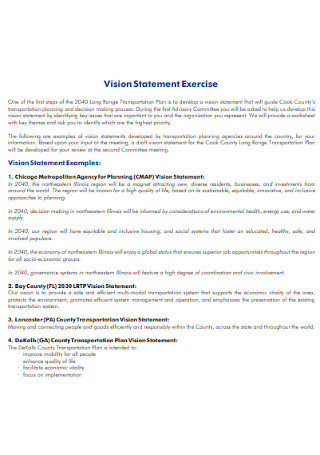
Vision Statement Exercise Templates
download now -

Vision Statement of Nutrition
download now -
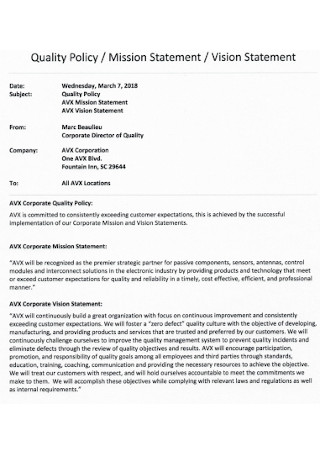
Policy and Vision Statement
download now -
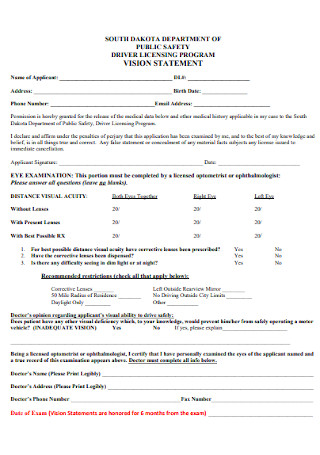
Public Safety Vision Statement
download now -

Social Security Vision Statement
download now -
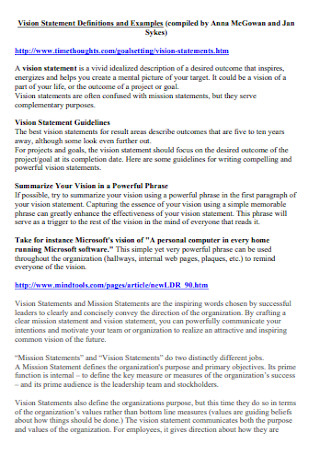
Printable Vision Statement Template
download now -
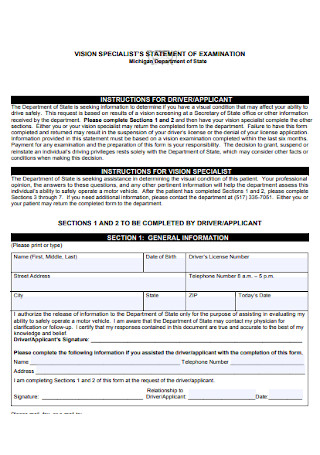
Vision Specialists Statement
download now -
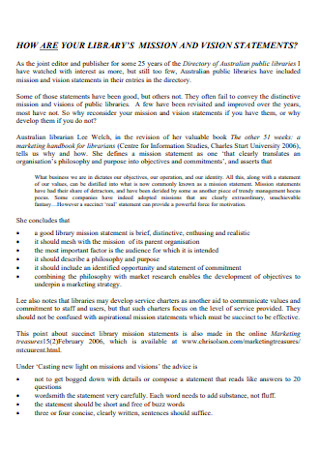
Library Vision Statement
download now -
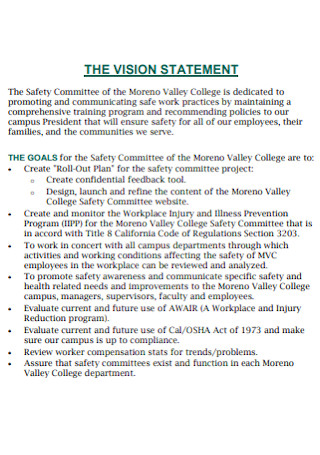
Collge Vision Statement
download now -
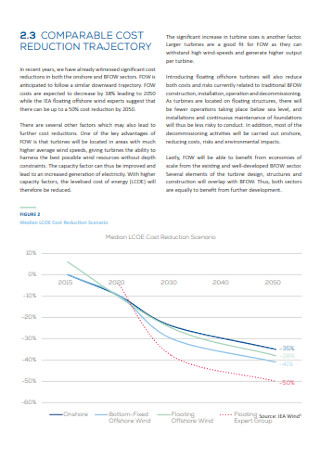
Wind Vision Statement
download now -
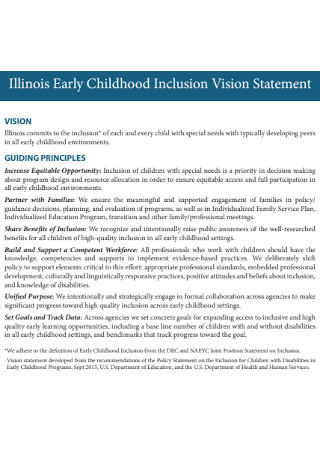
Childhood Inclusion Vision Statement
download now -
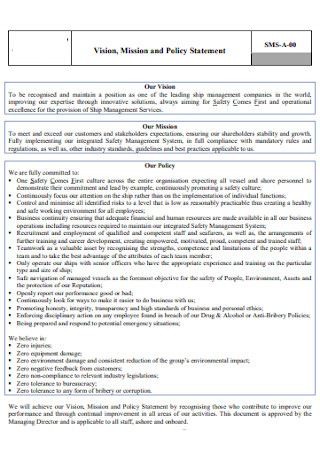
Vision and Policy Statement Template
download now -
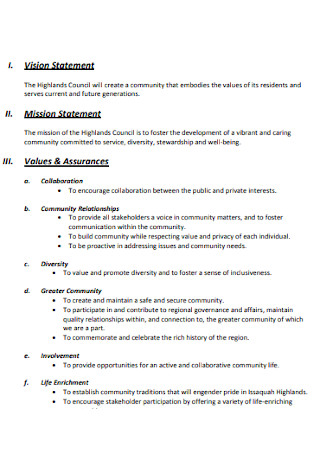
Building Community Vision Statement
download now -

Basic Vision Statement Example
download now
FREE Vision Statement s to Download
Vision Statements
Vision Statements: What Are They?
The Qualities of an Excellent Vision Statement
How to Create an Impressive Vision Statement
FAQs
What is the difference between the vision statement and the mission statement?
Can a vision statement be changed?
How long are vision statements?
What is a personal vision statement?
Vision Statements: What Are They?
Whether you work in school, healthcare, church, real estate, restaurant, or any other business, have you ever thought about what your organization is exactly trying to build or achieve? Answering that question is just what a vision statement strives for. It is an official statement that describes the specific goals and purpose of an organization. A vision statement also delves into various key factors like strategic plans, SMART goals, life aspirations, and core values. Thanks to this statement, a business knows what to accomplish rather than just existing without objectives.
According to a survey involving 2,000 employees in the UK, around 52% of employees couldn’t recite their company’s vision statement.
Meanwhile, the National Center for Education Statistics (NCES) reported over 130,930 K–12 schools in America, as of 2017–2018.
Also, the National Center for Charitable Statistics (NCCS) stated that around 1.5 million nonprofit organizations are officially registered in America.
Why Are Vision Statements Important?
According to Forbes, a research survey in the UK involved 2,000 employees, and 52% of those employees couldn’t even recite their company’s vision statement. More so, a study from the North America Workforce, conducted by Achievers, stated that 60% of employees do not know their company’s vision. And such examples are just a few reasons why vision statements are essential. The statement itself builds a brand as it proves how employees know their company’s direction and objectives. The vision statement is also what makes a company different from other businesses because not all companies have similar goals.
Furthermore, long-term plans are welcomed in vision statements. In business, it is vital not only to focus on present concerns but also on what to look forward to someday. And in sharing the statement, everyone will be aware of your enterprise’s strong foundation, possible opportunities, and desired goals. Losing direction won’t happen to the business, especially if the goals and objectives are clearly laid out. So if ever you doubt your purpose in your organization, look back to your organization’s vision statement.
The Qualities of an Excellent Vision Statement
An excellent vision statement isn’t just achieved in one approach. In fact, companies have different approaches to how to structure their vision statements. You can customize your way too. But in most cases, the common structure of a vision statement contains the following qualities or traits:
How to Create an Impressive Vision Statement
In case you are still overwhelmed taking in all the information discussed earlier or perhaps, you need help on how to make the vision statement perfectly, don’t worry—we got you covered. In just five basic steps, you’ll realize that crafting the statement isn’t as complex as you might think it is. And these steps are the following:
Step 1: Review the Nature and Background of Your Organization
Don’t rush into making the vision statement without fully knowing your organization’s business operations, nature, scope, or background. Otherwise, your vision might not meet your company’s foundation, or that the proposed vision is irrelevant to your organization. For example, are you working for a school? There are even 130,930 K–12 schools in the US, as of 2017–2018. Thus, expect your vision statement to be related to the school’s objectives. If your organization already has an existing vision statement, you can improve it instead.
Step 2: Identify Unique Goals and Objectives
After reviewing the nature of operations or your enterprise’s background, recognize the organization’s unique and intriguing goals. How your business sets apart from other entities is what makes your vision special. Try answering questions like where your organization is going. What can you achieve, and what type of community is your group planning to be? Dig deep into answering such questions. When you know what makes your enterprise unique, you can slowly structure your statement’s specifications. Don’t forget to write those objectives and details into the template of your choice. And we have all the options prepared for you, as seen above.
Step 3: Set a Timeline on the Proposed Vision
Insert an estimated timeline or time frame on the proposed vision. This part is where you describe where you would like your organization shall be in the next five to ten years. But make sure to set SMART goals so they will all be attainable. However, there is no need to be strict in making your projection because you can always adjust to how the process goes over the years. There might be new factors, whether internal or external, that could change your business’s objectives. And in every time frame, evaluate results to be guided on how to adjust.
Step 4: Connect with the Target Audience
What makes a vision statement special is also based on how it can connect to a target audience. Thus, human connections are encouraged in crafting the statement. It will be challenging, and some creativity can help achieve the process. In connecting, you can use statements that are real and can affect the audience’s emotions. And most importantly, the audience must be able to relate to the vision statement. Acquire some help from other stakeholders in perfecting the statement here.
Step 5: Leave a Lasting Impression
Be sure to review, organize, and eliminate any error in the vision statement before publishing it. Otherwise, it will be a total fail if many people could see mistakes written in the document. Lastly, a very important step is to leave a lasting impression. Vision statements may be short or straightforward but making it compelling enough leaves a great impression. Use the appropriate phrases or keywords that describe your organization’s vision. Or perhaps, use striking words that still suit the vision’s theme. Once you are satisfied, launch it!
FAQs
What is the difference between the vision statement and the mission statement?
Although the mission statements and the vision statements often go hand in hand, there are differences in their functions. A vision statement concerns more in setting objectives towards the future. Meanwhile, the mission statement tackles what an organization is doing in the present day.
Can a vision statement be changed?
Yes, a vision statement can be changed, improved, reviewed, or returned when necessary. As organizations set new objectives while adapting to competition, sales, customer experience, and more, revising the statement might happen. However, only input minimal changes since vision statements should have been reviewed and finalized carefully.
How long are vision statements?
Vision statements are generally straightforward and short. One or two sentences will suffice. But others can create more words and sentences to make a memorable and detailed statement. The average length is about 10 to 15 words, and some may say that 30 words or more are entirely long. But at the end of the day, there is no standard length for such statements.
What is a personal vision statement?
A personal vision statement focuses on your personal goals. An example is when you summarize your career goals for professional development. This statement will help you keep track of your career’s challenges, progress, and more. And how it is structured is up to your call.
Always remember that making the vision statement is a collaborative process. Consider working in groups and draft different examples of vision statements. You may refer to the external and internal stakeholders as they can have a say in making changes before publishing the final version. And once you’re done crafting a compelling vision statement, actual work starts. Accomplish your vision, starting with the best tools—our sample vision statement templates. Design and layout the statement and follow your organization’s vision for a promising future.
